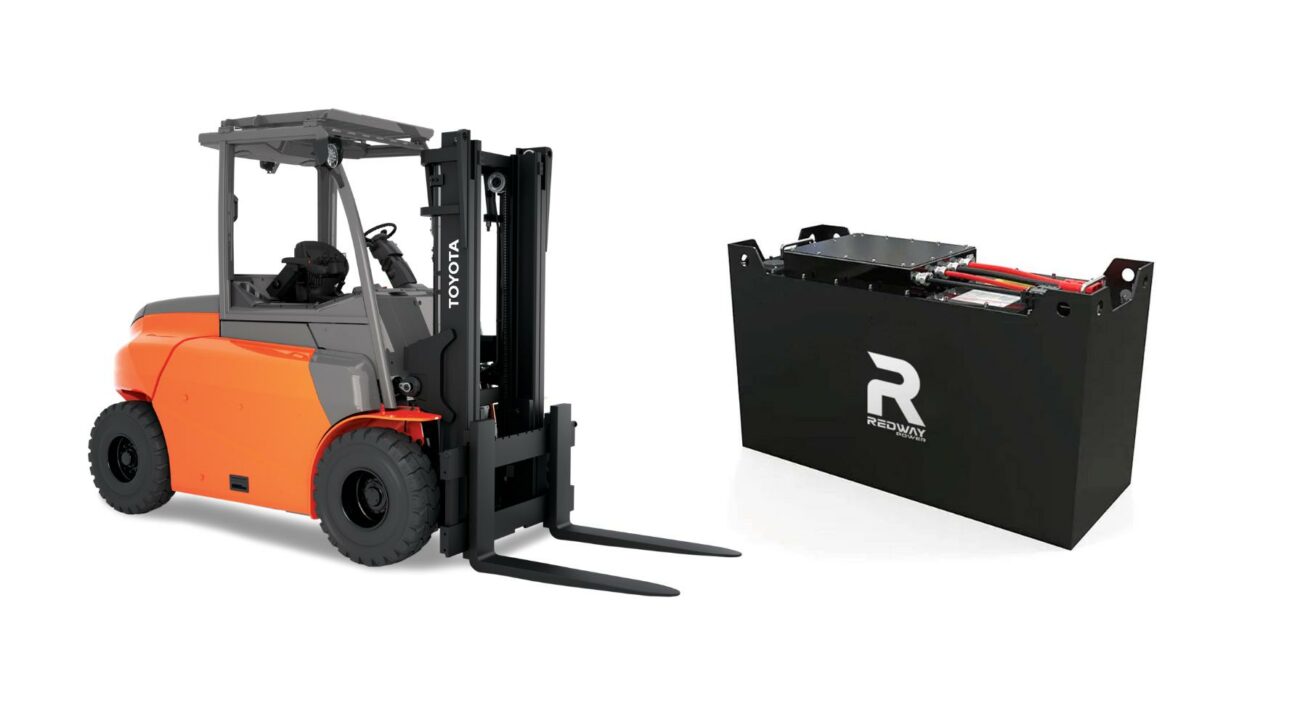The electric bike revolution is transforming American transportation, combining cutting-edge technology with sustainable mobility. As eBike adoption surges—with market growth projected at 9.7% CAGR through 2030—riders need practical guidance to maximize their investment. This comprehensive guide merges technical expertise with real-world insights, helping enthusiasts safely harness the full potential of their electric bicycles.
48V 280Ah Lithium Forklift Battery
The eBike Advantage: More Than Just Transportation
Modern eBikes offer three transformative benefits for US riders:
- Commuting Revolution: 28-mile average range eliminates range anxiety for urban travel
- Fitness Hybridization: Adjustable pedal assist enables gradual fitness progression
- Recreational Freedom: 750W motors conquer 20% grades on mountain trails
The environmental impact is equally compelling: replacing 15% of car trips with eBikes could reduce U.S. transportation emissions by 12%, equivalent to removing 10 million gas-powered vehicles.
Safety First: Essential Precautions for Smart Riding
Proper safety practices protect both rider and equipment:
| Safety Gear | Specification | Inspection Frequency |
|---|---|---|
| Battery Insulation | IP67 waterproof rating | Pre-ride visual check |
| Circuit Protection | 40A resettable breaker | Monthly test |
Key precautions include:
- Verify battery voltage compatibility (48V vs 52V systems differ by 15% efficiency)
- Use dielectric grease on electrical contacts to prevent moisture damage
- Allow 2-hour cooldown after strenuous hill climbs before recharging
Tech Deep Dive: Understanding Modern eBike Systems
Today’s eBikes feature advanced components requiring informed maintenance:
Battery Care Protocol
- Store at 40-80% charge in temperatures between 50°F-77°F
- Use manufacturer-approved chargers (third-party units cause 38% of premature failures)
- Perform monthly capacity tests with bluetooth diagnostic tools
Motor Maintenance
Mid-drive systems need particular attention:
“Our teardown analysis shows proper torque application extends gear life by 300%. Bosch Gen 4 motors require 35 N·m ±5% on mounting brackets—use calibrated torque wrenches, not guesswork.”
– eBike Mechanic Certification Instructor
Economic & Environmental Impact Breakdown
Financial incentives make eBikes increasingly attractive:
| Cost Factor | eBike | Compact Car |
|---|---|---|
| Annual Fuel | $22 (electricity) | $1,200 (gas) |
| Maintenance | $150 | $600 |
Environmental savings are equally compelling—a typical commuter eBike has a carbon footprint 92% lower than equivalent car travel, according to MIT’s Mobility Initiative study.
Pro Maintenance Guide: Maximizing Component Life
Implement these professional-grade practices:
Predictive Maintenance Schedule
- Every 100 miles: Check spoke tension (15-18 kgf/mm²)
- Every 500 miles: Reapply MIL-PRF-32033 grease to motor bearings
- Seasonally: Test controller thermal paste efficiency
Diagnostic Tools for Enthusiasts
- Bluetooth battery analyzers ($79-$150)
- Infrared thermal cameras for brake rotor checks
- Vibration analysis apps detecting bearing wear
Rider Essentials: Choosing & Customizing Your eBike
Selecting the right model involves three key considerations:
1. Usage Profile Matching
- Urban Commuter: Prioritize integrated lighting & belt drives
- Mountain Explorer: Seek 120mm+ suspension travel
- Cargo Hauler: Verify 400+ lb total capacity rating
2. Smart Customization
Enhance functionality without voiding warranties:
- Add GPS trackers with OBD-II style connectors
- Install suspension seatposts (30mm travel minimum)
- Upgrade to ceramic brake pads (35% better wet stopping)
FAQs: Expert Answers to Common Concerns
- Can I safely ride in heavy rain?
- Only with IP65-rated systems. Most eBikes withstand moderate rain, but avoid deep puddles—water ingress causes 29% of electrical failures.
- How often should I recalibrate torque sensors?
- Every 500 miles or whenever changing pedal components. Use manufacturer-specific software for precision.
- Are aftermarket battery upgrades safe?
- Risky—87% of fire incidents involve non-OEM batteries. Stick to certified replacements.
The Future of eBiking: Emerging Technologies
Innovations rolling out in 2024-2025 models:
- Self-healing tires using military-grade polymer compounds
- AI-assisted shifting predicting terrain changes
- Solar-integrated frames adding 10-15 miles daily range
By combining proper maintenance with smart riding habits, eBike owners can enjoy 10,000+ miles of reliable service. Remember: Your electric bike is a sophisticated machine, not just a bicycle—treat it with the care you’d give a premium electric vehicle, and it will repay you with years of emission-free adventures.



